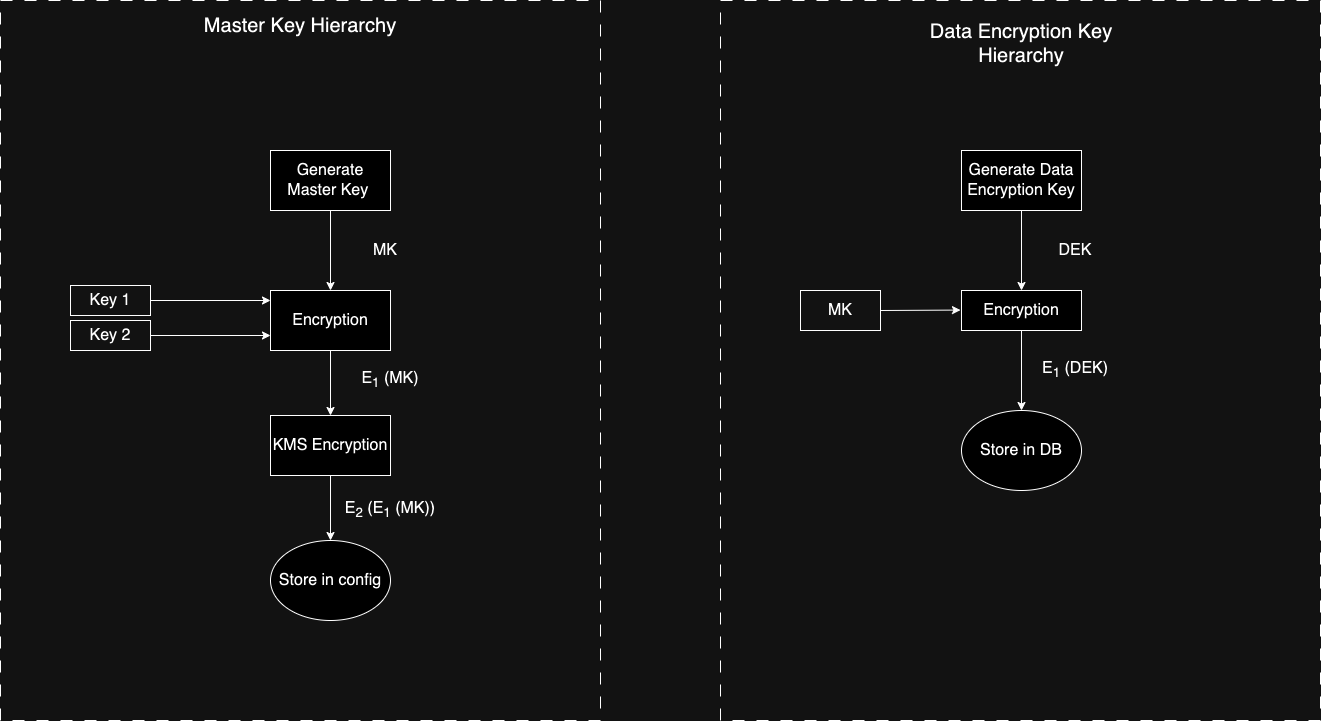mirror of
https://github.com/juspay/hyperswitch.git
synced 2025-10-27 03:13:56 +08:00
28 lines
1.9 KiB
Plaintext
28 lines
1.9 KiB
Plaintext
The Hyperswitch Card Vault is a highly performant and a secure vault to save sensitive data such as payment card details, bank account details etc.
|
|
|
|
It is designed in an polymorphic manner to handle and store any type of sensitive information making it highly scalable with extensive coverage of payment methods and processors.
|
|
|
|
Hyperswitch Card Vault is built with a GDPR compliant personal identifiable information (PII) storage and secure encryption algorithms to be fully compliant with PCI DSS requirements.
|
|
|
|
Here's a quick guide to [Get Started](https://github.com/juspay/hyperswitch-card-vault/blob/main/docs/guides/setup.md) with setting up Hyperswitch Card Vault.
|
|
|
|
## How does Hyperswitch Card Vault work?
|
|
|
|
- Your application will communicate with Hyperswitch Card Vault via a middleware.
|
|
- All requests and responses to and from the middleware are signed and encrypted with the JWS and JWE algorithms.
|
|
- The locker supports CRD APIs on the /data and /cards endpoints -
|
|
- Cards are stored against the combination of merchant and customer identifiers.
|
|
- Internal hashing checks are in place to avoid data duplication.
|
|
|
|

|
|
|
|
## Key Hierarchy
|
|
|
|
- Master Key - AES generated key to that is encrypted/decrypted by the custodian keys to run the locker and associated configurations.
|
|
- Custodian Keys - AES generated key that is used to encrypt and decrypt the master key. It broken into two keys (key 1 and key 2) and available with two custodians to enhance security.
|
|

|
|
|
|
## Setup Guide
|
|
|
|
Follow this guide to setup - [Get Started](https://github.com/juspay/hyperswitch-card-vault/blob/main/docs/guides/setup.md)
|